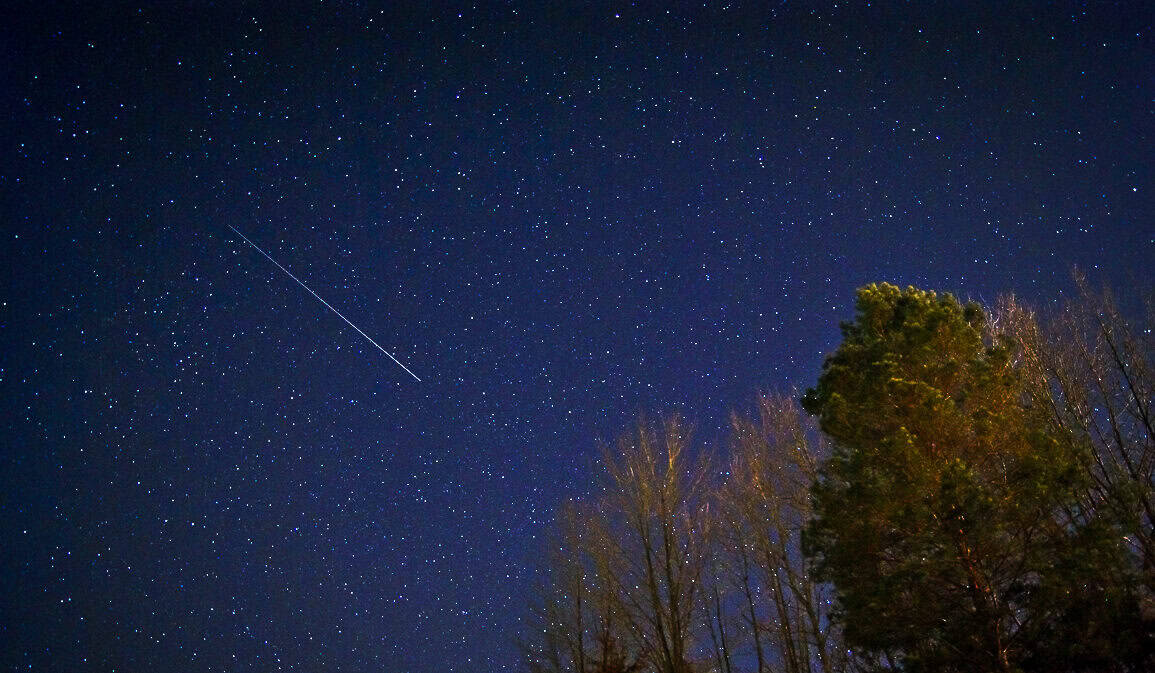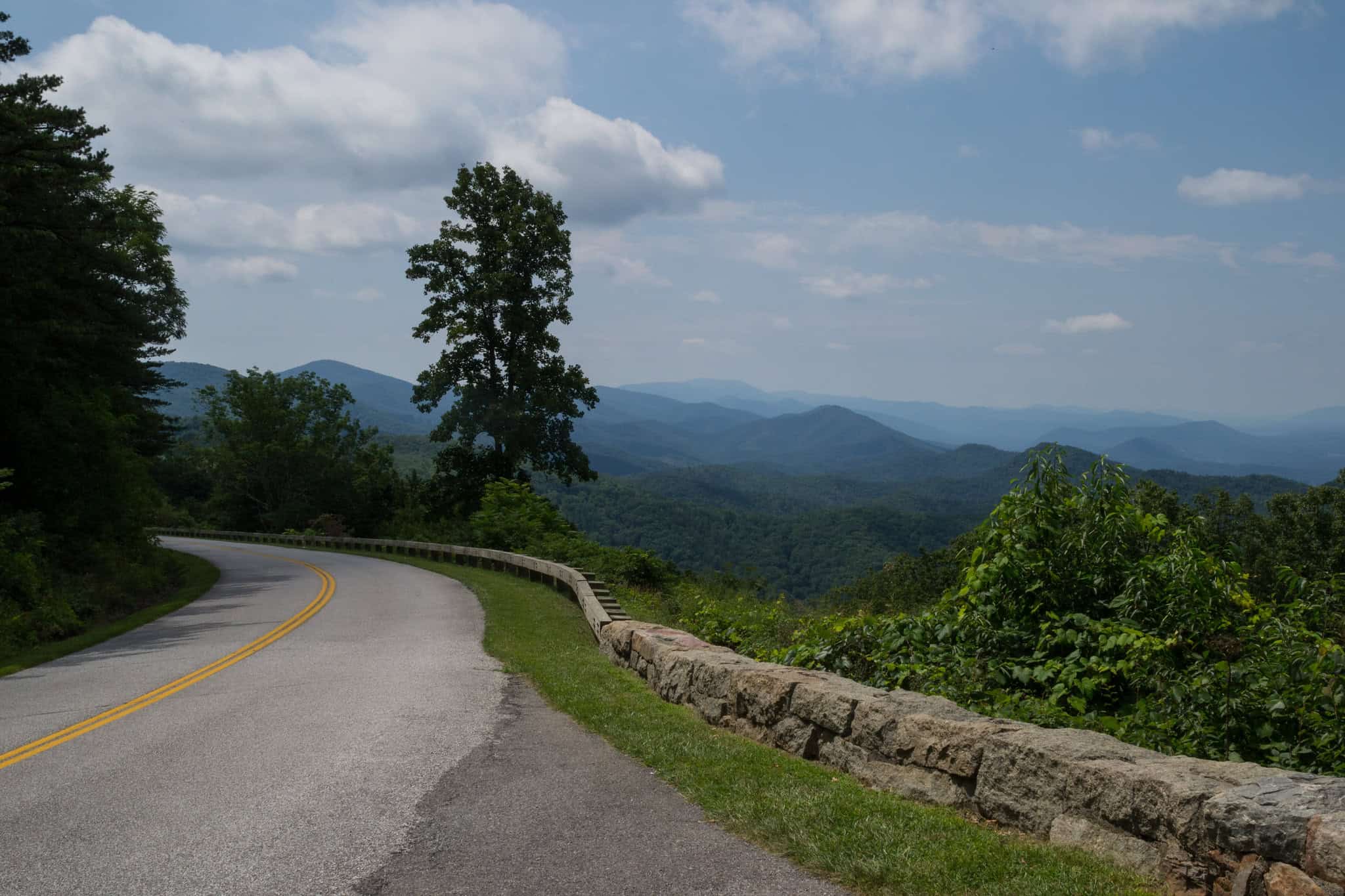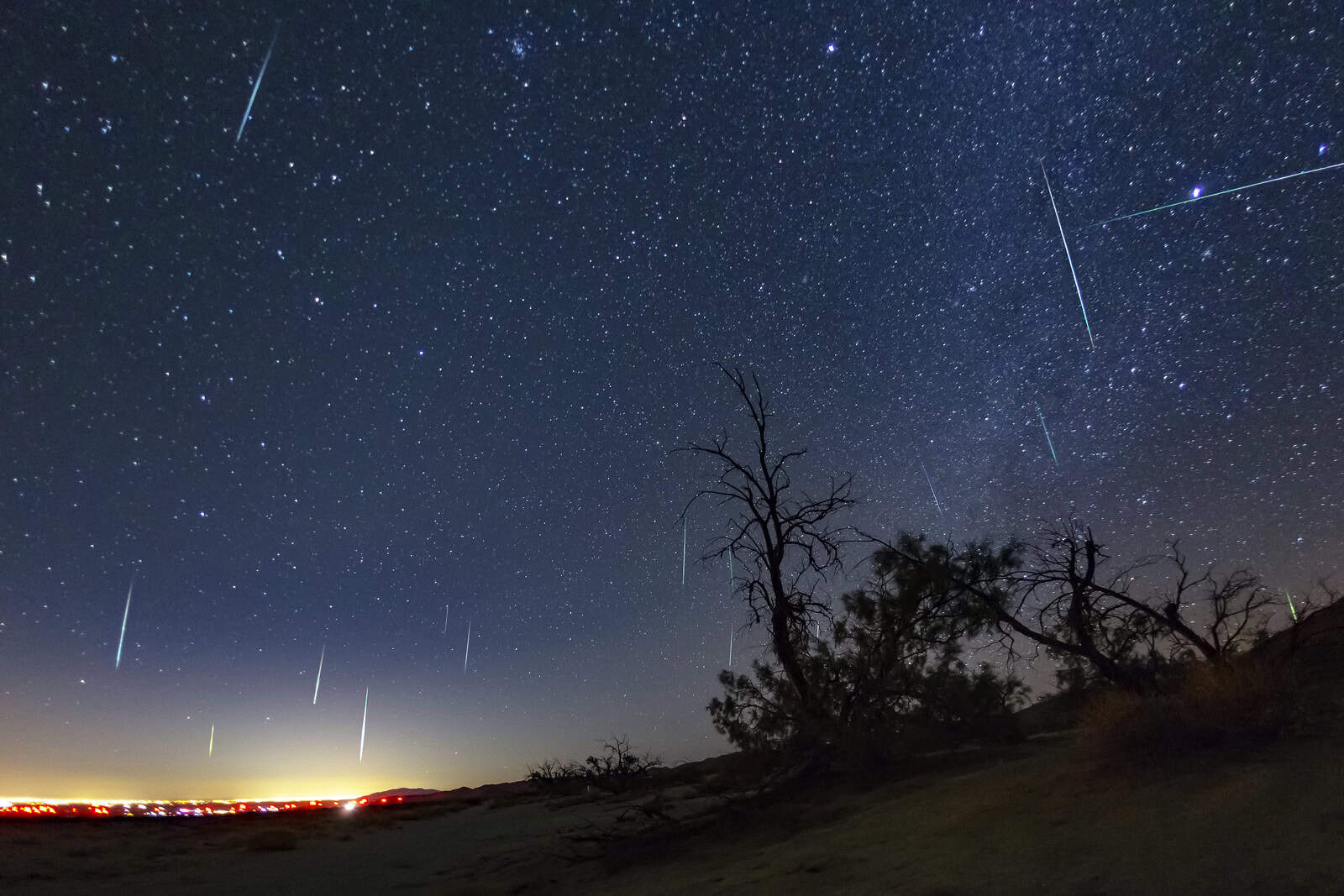Plan your November stargazing with this guide to Virginia’s three meteor showers and the best spots to catch the celestial show.
In Virginia’s Blue Ridge Mountains, far from the glow of city lights, a celestial spectacle is about to unfold. As temperatures drop and leaves carpet the forest floor, November’s crisp nights will bring not one, but two meteor showers streaking across our darkened skies. The Taurid meteor shower—actually two separate streams of space debris—will kick off the show in early November, followed by the historic Leonids mid-month. While these “shooting stars” might not fall like rain as they famously did during the great Leonid storm of 1966, they promise an enchanting display for those willing to bundle up and venture into the darkness.
Three different light shows, one dark sky
The night sky will offer a triple treat this November as the Taurid, Leonid, and lingering Orionid meteor showers create nature’s own light show above Virginia. Each shower brings its own celestial personality—from the Taurids’ dramatic fireballs to the swift-moving Leonids.

Taurids (early-mid November)
The twin Taurid showers offer a unique double feature, with the South Taurids peaking around November 5 and the North Taurids following on November 12. While each stream typically produces only about five meteors per hour, these celestial visitors are known for their slow-moving, powerful fireballs. When the streams overlap in early November, viewers might catch up to 10 meteors per hour. This year’s new moon on November 1 creates perfect dark-sky conditions for the South Taurids’ peak, though the waxing gibbous moon may dim the North Taurids’ show.
Leonids (mid-November)
The Leonid shower takes center stage in the pre-dawn hours of November 18. Under ideal conditions, stargazers might spot 10 to 15 meteors per hour. While this year’s waning gibbous moon may wash out some of the fainter streaks, it’s worth noting that the Leonids have created some of history’s most spectacular shows—including the great meteor storm of 1966 when thousands of meteors per minute lit up the sky.
Orionids (through November 22)
Though past their October peak, the Orionid meteors continue their show through November 22. These meteors are known for their speed and brightness, entering Earth’s atmosphere at about 148,000 miles per hour. Watch for their distinctive glowing trails, which can last several seconds. You can even spot 10 to 20 meteors per hour on a dark, moonless night.

Best viewing spots along the Blue Ridge
The Blue Ridge Parkway offers several prime stargazing locations well away from light pollution. Top spots in Virginia include Humpback Gap Overlook (Milepost 6), with an optional 0.9-mile hike to Humpback Rocks for an elevated view, Big Spy Overlook (Milepost 26.4), View Arnold Overlook (Milepost 76.7), which is the highest point of the Parkway in Virginia, Harvey’s Knob Overlook (Milepost 95.3), and Buck Mountain Overlook (Milepost 123.2).
Tips for the best show
Midnight typically offers prime viewing for the Taurids, while the pre-dawn hours work best for the Leonids and Orionids. Mountain temperatures drop significantly after sunset, even during mild autumn days, so bring warm layers, a reclining chair or blanket, and hot beverages. Choose your overlook, switch off all lights, and allow your eyes about 20 minutes to adjust to the darkness. On clear nights away from city lights, you might spot up to 2,500 stars while waiting for the next meteor to streak across the sky. For the best experience, aim to visit during the new moon on November 1 or the days immediately following, when moonlight won’t interfere with the show.
This article may have been created with the assistance of AI.



